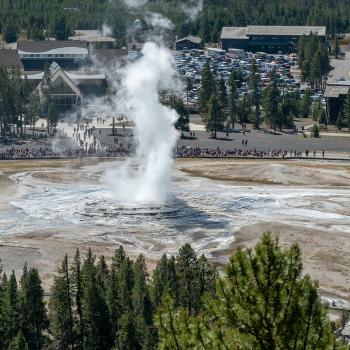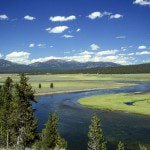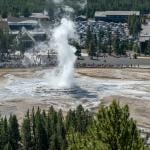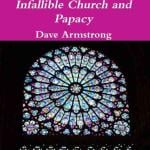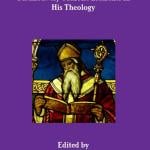
Baltasar de Echave y Rioja (Mexico, ca. 1665)
Wikimedia Commons Public Domain
Compare Mark 16:1
1.
Matthew, Luke, and John say that the tomb in which Jesus was placed was a new one, hewn out of the rock by Joseph of Arimathea, who was the Savior’s living contemporary.
This is one of the reasons why many (including myself) think it highly unlikely that the Garden Tomb was the burial place of Jesus, since archaeological analysis seems to identify the tomb as dating to the eighth-seventh centuries B.C. If this analysis is correct, the tomb wasn’t even remotely “new” in the time of Jesus.
That said, though, I fully concur that the area around the Garden Tomb is a uniquely serene and pleasant place in which to contemplate the death and resurrection of the Savior. Jerusalem today is a crowded and hectic place, and the Church of the Holy Sepulcher is not only often packed with people but, frankly, something of an offense and an abomination. It’s well-nigh impossible to feel the Spirit there. And, moreover, I think that Gordon’s Calvary, situated directly adjacent to the Garden Tomb property, from which the best view of it is to be had, is very possibly the original Golgotha — and that the actual burial place, perhaps lost under buildings today, cannot be more than a few hundred yards away.
2.
Matthew and Mark say that Mary Magdalene and Mary, the mother of Joses, were eyewitnesses to the specific place of Jesus’ burial. And Luke seems to agree.
Some skeptics have alleged that the notion of Christ’s resurrection arose from the simple fact (as they suggest it) that the early believers didn’t know where he was buried and mistakenly identified a nearby empty tomb as his.
To make that claim, though, they’re obliged to toss out portions of the earliest sources. But, if that’s going to be the policy, why not simply throw Matthew, Mark, Luke, and John out altogether?



